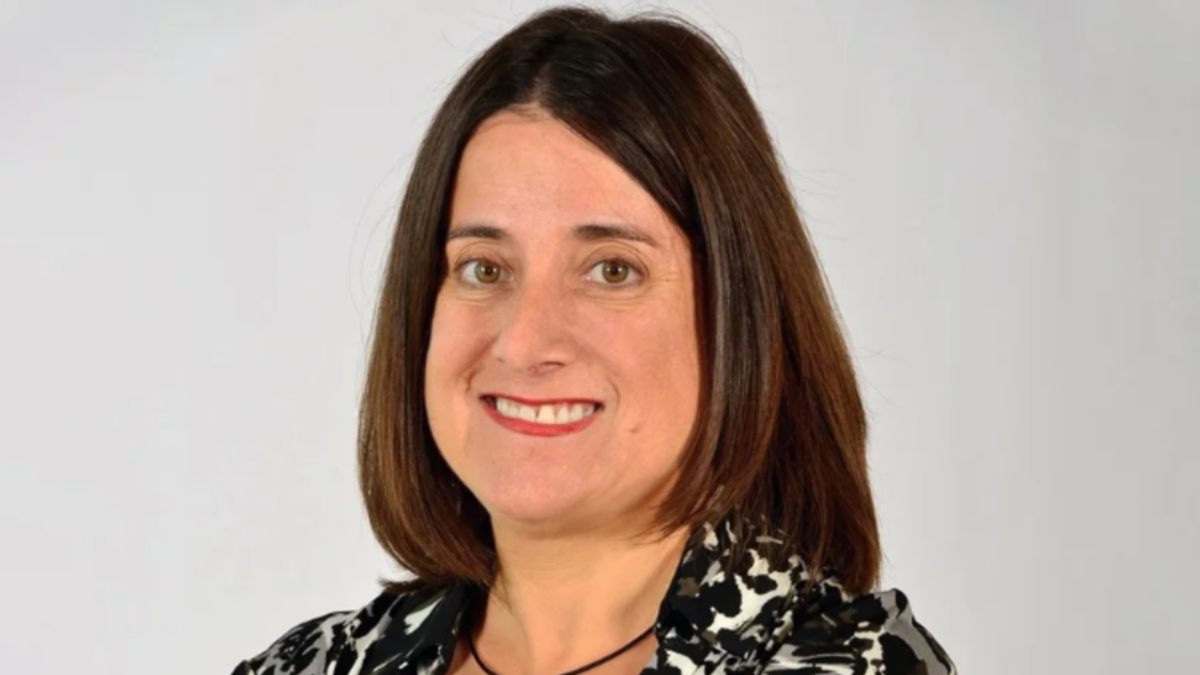The sector representing a $25 trillion opportunity
As chief investment officer of Munro Partners, a global growth equity strategy that seeks to be THE global growth fund for Australian investors, Nick Griffin has been among the most successful at identifying and leveraging the most powerful economic and societal themes in recent decades.
Whether it was the days explaining how a little-known online bookstore would one day turn into a global e-commerce giant, or how semiconductors were set to be “the new oil” of the global economy, there is rarely a theme that Griffin and his growing team aren’t across.
Speaking at the Inside Network’s Equities and Growth Asset’s Symposium this week, Griffin explained what may well be the biggest theme of the next decade. “There is a huge opportunity… as big as the internet, and people haven’t caught on yet,” he explained. “It’s another S-Curve moment…” referring the rare, parabolic trajectory of the most powerful trends and investment opportunities.
“Climate change and decarbonisation” is that opportunity, explains Griffin. This is not a marketing exercise, but rather a manager skilled at identifying trends, putting away any context of ESG and simply seeing the opportunity for what it is.
“We are at the start of the next S-curve and this one is huge. We must lower the world’s temperature by 1.5 degrees (above pre-industrial levels) by 2050. Otherwise, some of the effects will be irreversible. What we know, is that decarbonisation will cost trillions. And everyone is trying to avoid it because it’s simply too hard and too expensive,” says Griffin.
But the truth is, if we don’t act now, it will cost a lot more down the track, and that’s even if it’s possible to reverse past the point of no return, he says.
Following on from the US re-joining the Paris Accord, the agreements made at COP26, and the energy crisis resulting from Russia’s invasion of Ukraine, there now is a real sense of urgency and even teamwork. Climate change is real, and we need to act now, according to Griffin.
This has caused a knock-on effect with virtually every investor around the world, now determined to make a positive impact via their investments.
Griffin says: “Every investor started thinking about climate change through an ESG lens. Super funds were putting pressure on corporates by forcing them to follow ESG principles. Corporates are the key turning point, however. Every company we look at now, is being forced to fall in line and produce sustainability reports which are then audited by Ernst & Young. That’s US$25 trillion ($33.3 trillion) in market cap that must report against TCFD standards.”
Auditors are a great sector to invest in, because their workload will likely increase in perpetuity. But the big trend here is sustainability and decarbonisation. How much is it going to cost? It’s going to be expensive.
Griffin puts the figure at somewhere around US$50 trillion ($66.7 trillion) to decarbonise the planet. But capitalism will play its part. Renewables will become cheaper than fossil fuels, ‘green’ hydrogen can be exported, and energy efficiency will be key. Such is the size and scale of the opportunity, along with the need for capital, that Munro has launched a high-conviction strategy dedicated solely to investing into this thematic. Munro splits the decarbonisation opportunity into four main buckets:
- Clean energy – being the switch from fossil fuels to renewables.
- Energy efficiency – These companies already exist; they’re old businesses that are being transformed.
- Circular economy – The world cannot continue to grow at its current rate with the world’s resources. Scarcity is the problem. Recycling is the solution.
- Clean transport – Tesla, Hydrogen, railroads, electric vehicles and biodiesel.
Among the firm’s key investment selections within this massive area of interest are:
- NextEra Energy (NYSE: NEE) – US$163 billion leading renewable energy generation and rate utilisation company.
- ON Semiconductor Corp (NASDAQ:ON) – Similar to smartphones in the 2000s will be the uptake of electric cars in the 2020s. Semiconductors in driverless cars are already in high demand, and this will remain a hot sector for the foreseeable future.
- Nutrien Ltd (TSE:NTR) – Is a fairly boring agricultural company that works in fertilisers, seeing a massive surge from Ukraine invasion. It owns Australia-wide farm goods and services supplier Ruralco, and will benefit from the need for farmers to invest in the pursuit of greater efficiency.
Griffin concludes by saying, “To lower the world’s carbon footprint, electricity usage will need to rise to 50 per cent from 19 percent. Renewables will have to grow by 20 times and become cheaper than coal. To decarbonise the planet, it’s going to cost $50 trillion to get it done. That’s $50 trillion-plus in revenue to the companies that enable decarbonisation. As an investor, you need to start looking for them now as their S-curve has just begun. Good companies solving big problems. Start looking now.”









